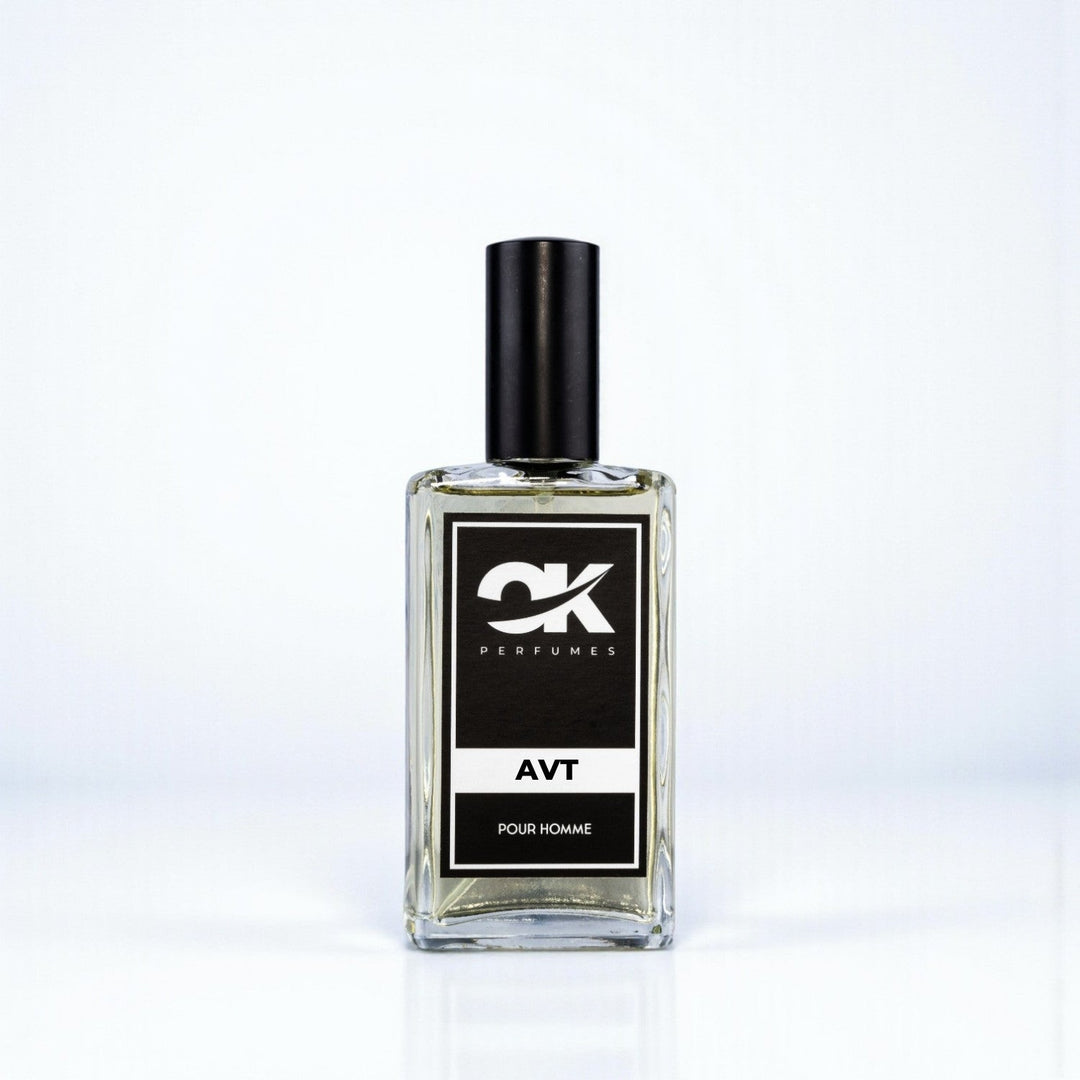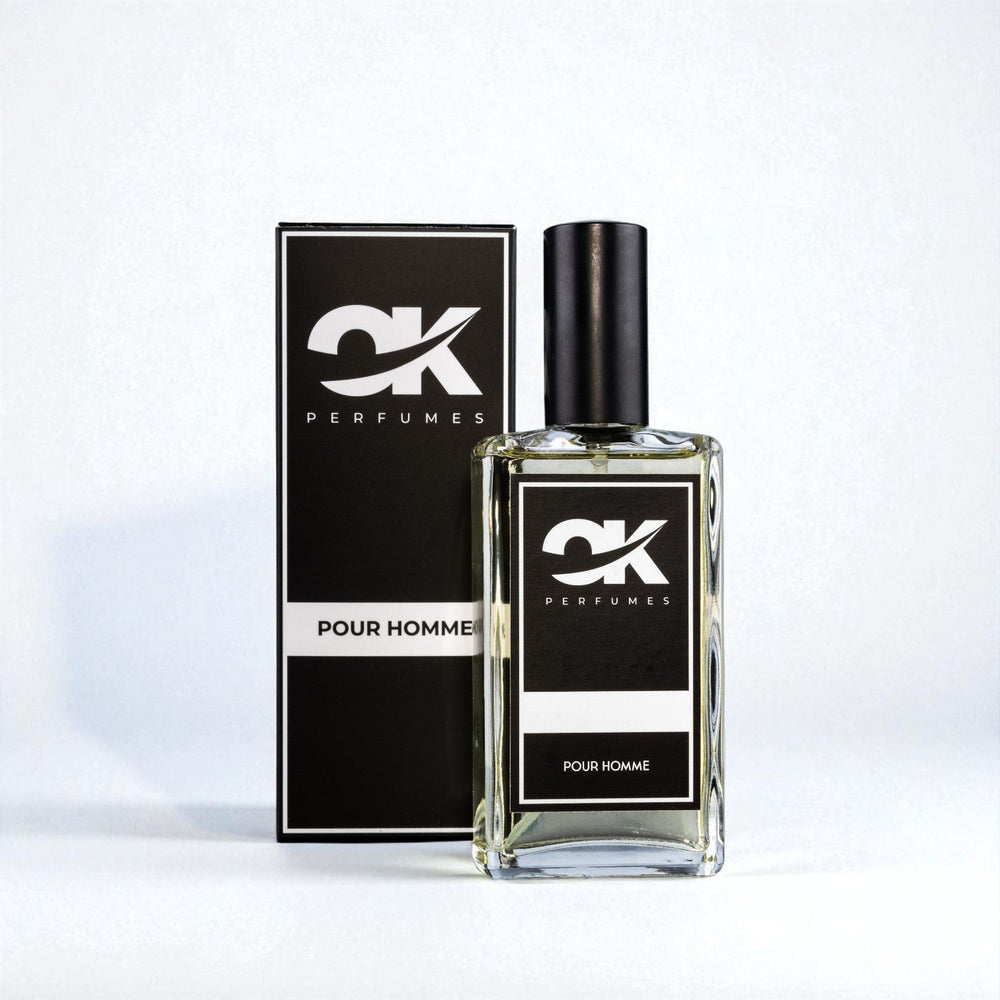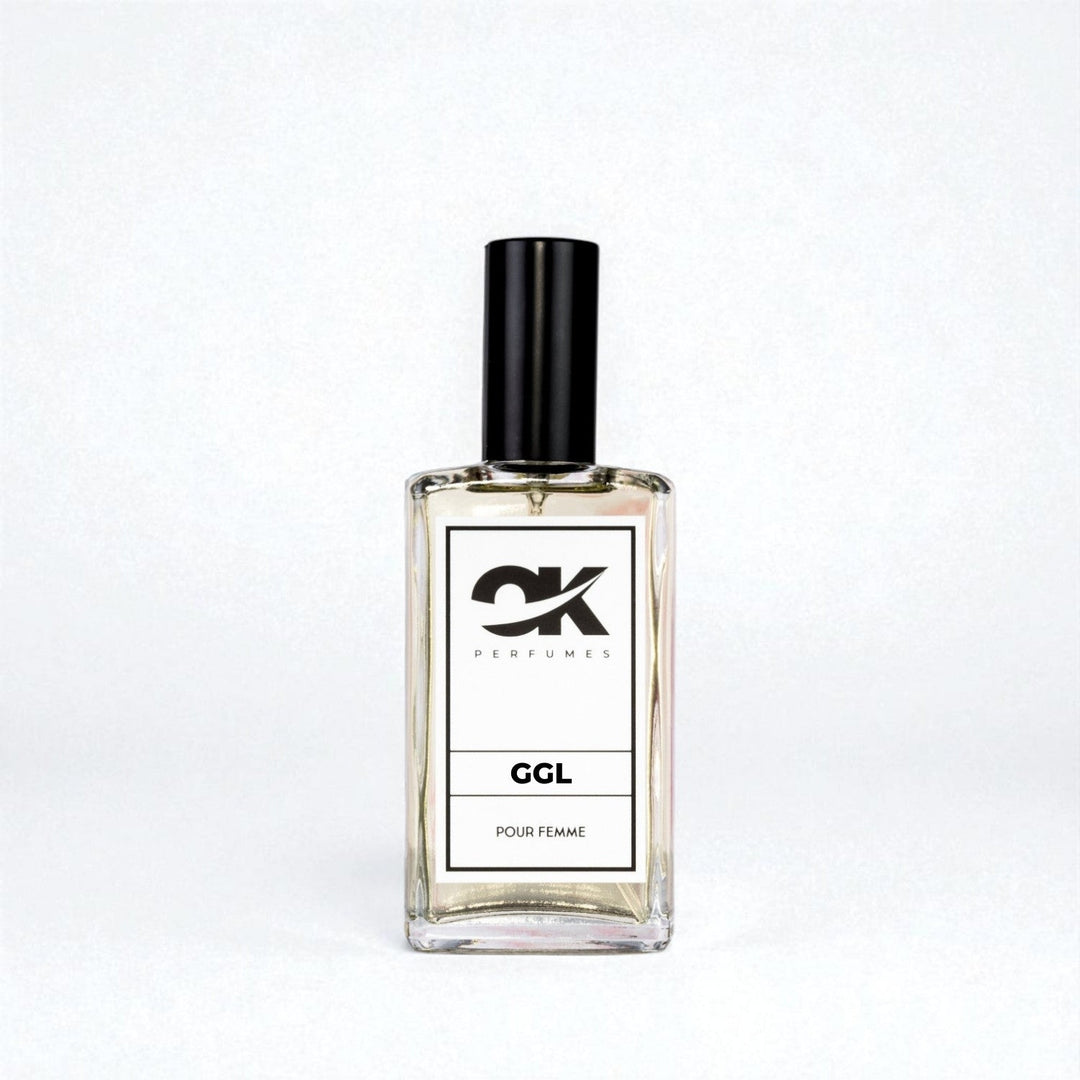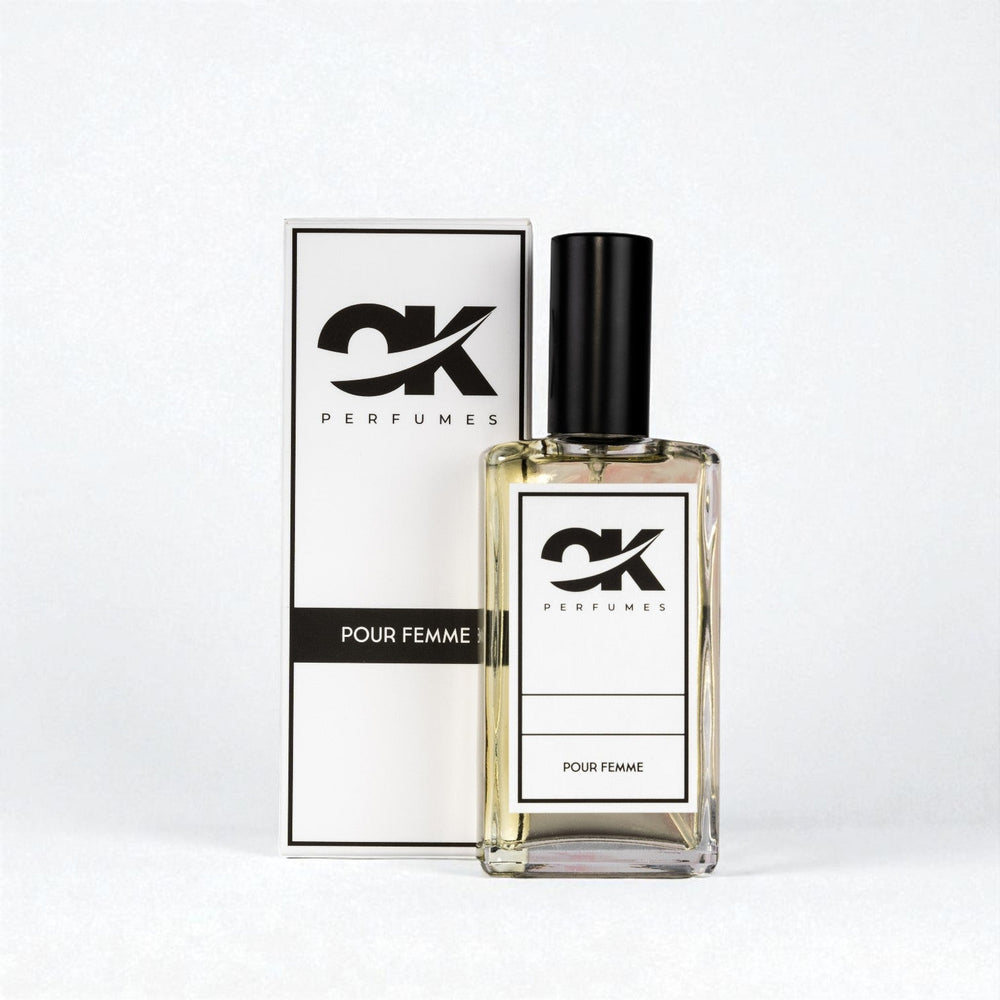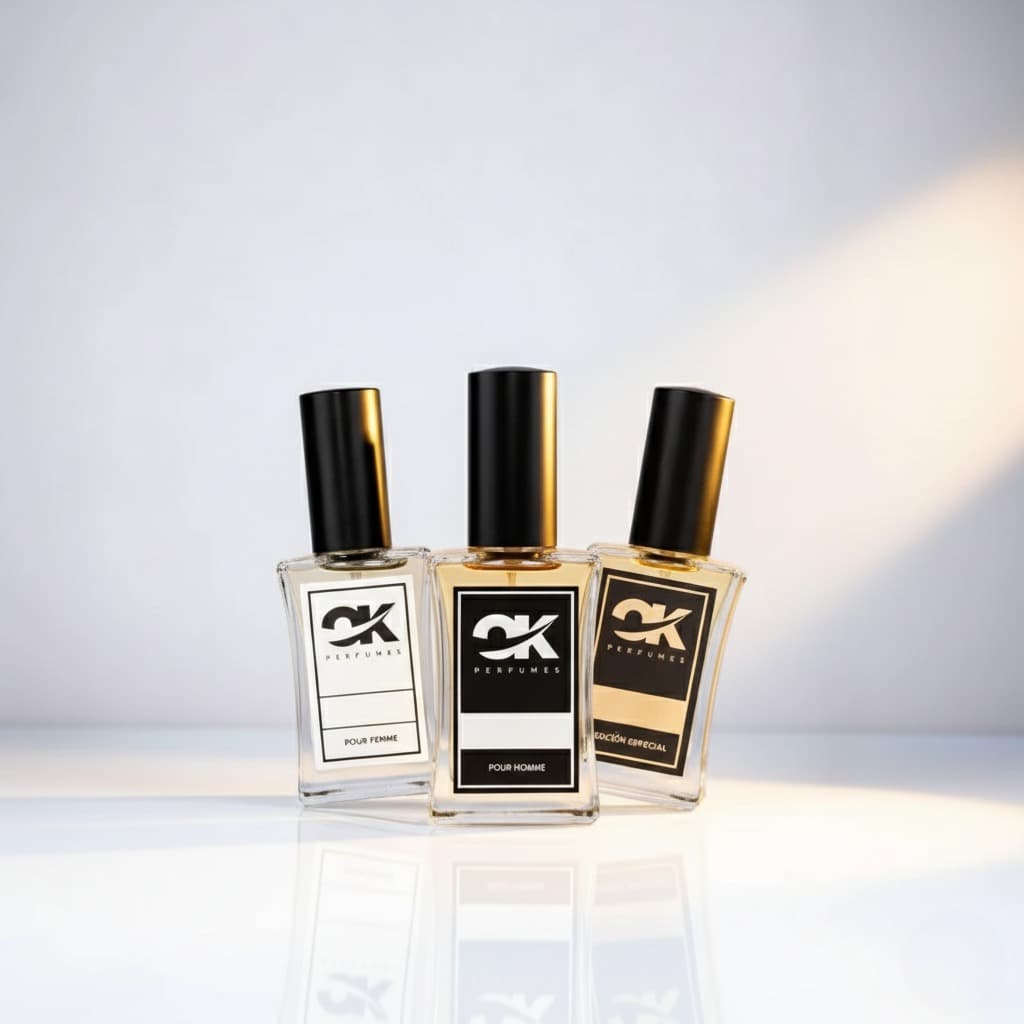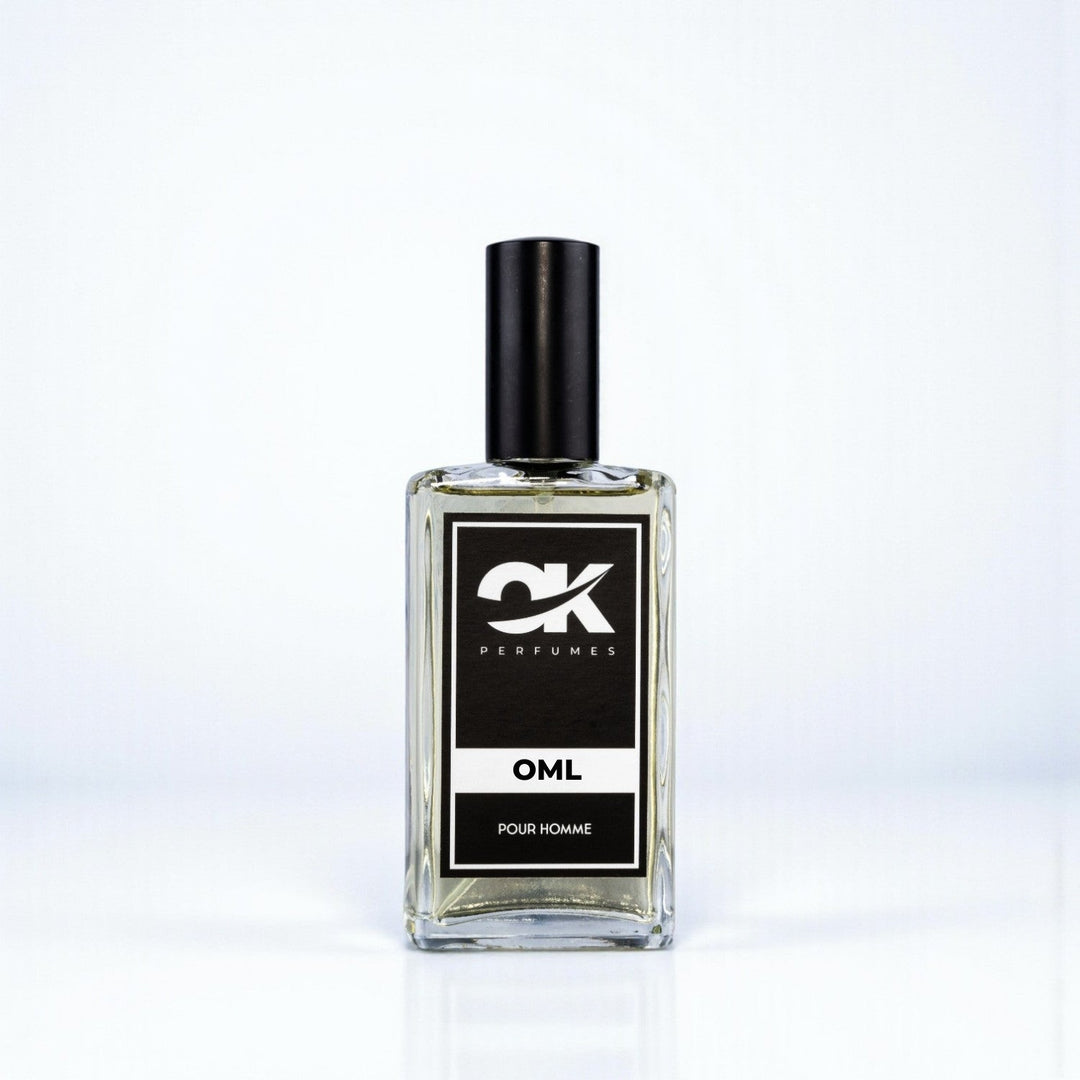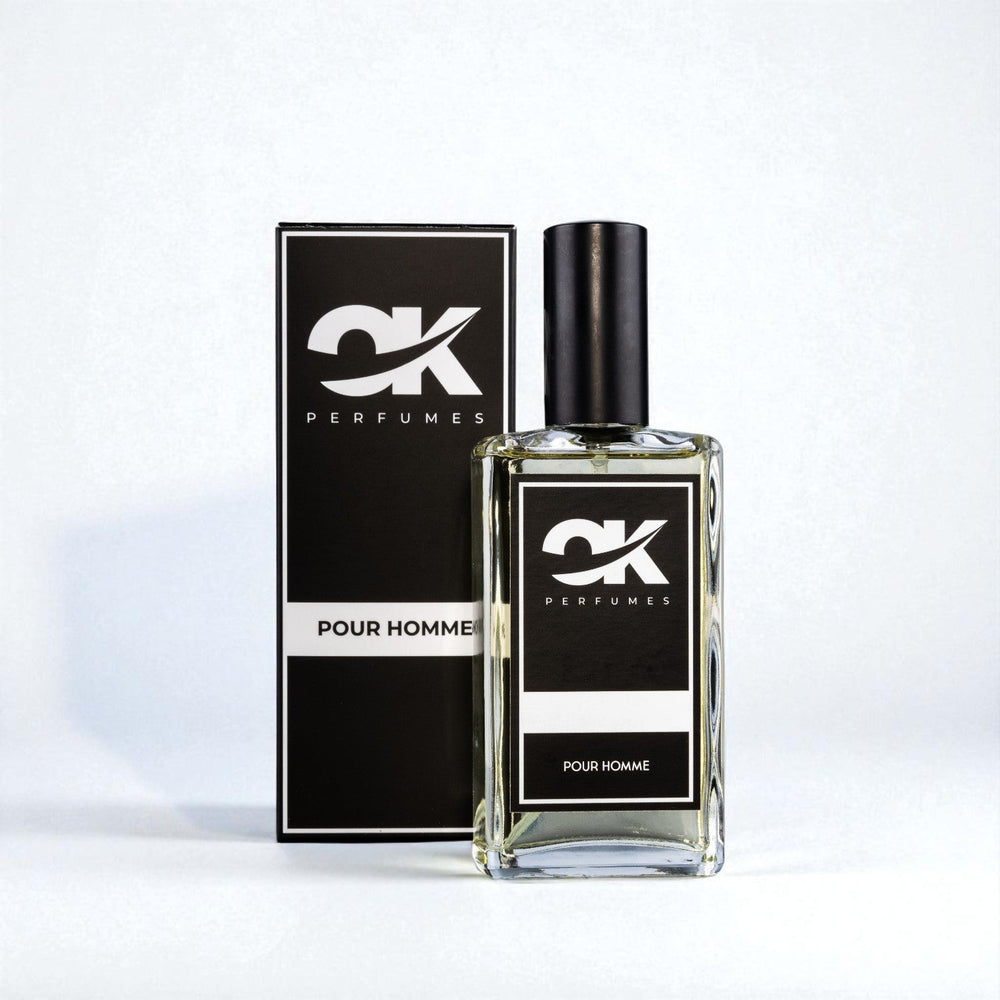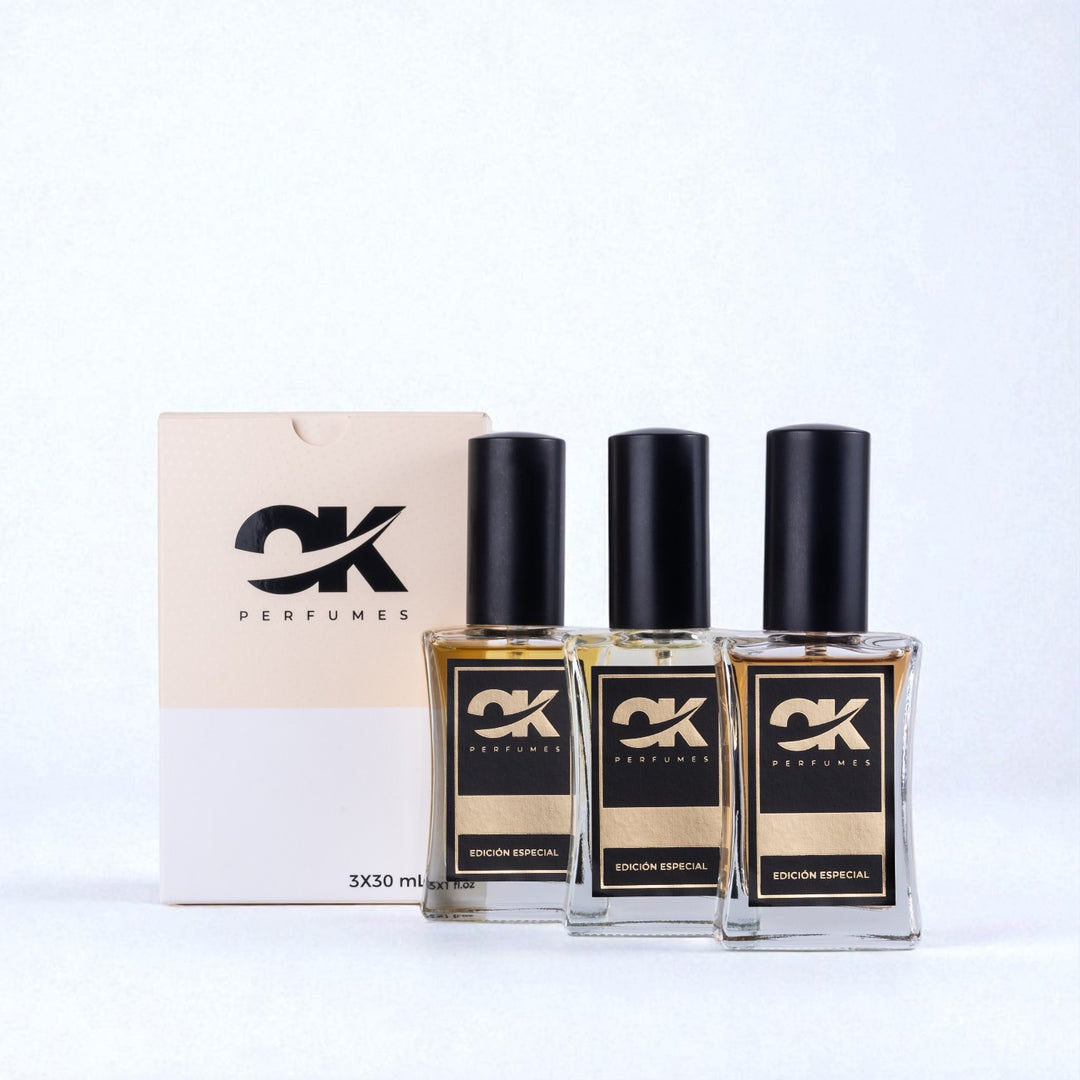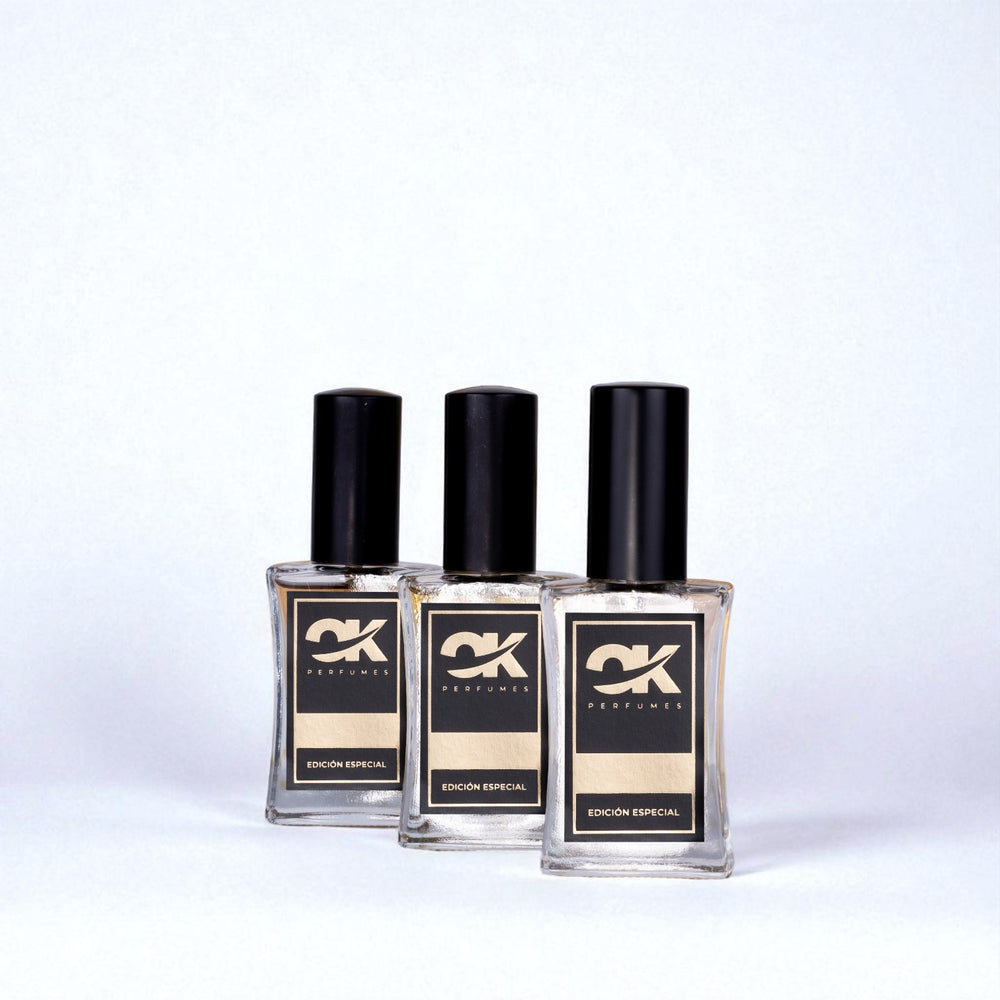The Challenges of Sustainable Packaging in Perfumery
In recent years, awareness of sustainability has grown significantly. The perfume industry, in particular, has begun to face the challenge of adopting more sustainable practices, especially in the area of packaging. This article will explore the challenges perfumers face when trying to develop packaging that is not only aesthetically pleasing but also environmentally friendly.
The Importance of Sustainable Packaging
A perfume's packaging isn't just a matter of presentation; it's an extension of the brand and an integral part of the consumer experience. Good packaging can influence the perception of a product's quality. In the case of perfumes like Acqua di Gio , attractive packaging can make a customer more inclined to purchase it, especially if it reflects the values of quality and sustainability. But why is moving toward more sustainable packaging crucial?
Environmental Impact
Plastic packaging and other non-recyclable materials are responsible for a large amount of waste. The production and disposal of these materials contribute to global pollution. By opting for sustainable packaging, the perfume industry can reduce its carbon footprint and help protect the environment. This not only benefits the planet but also improves the brand's image among consumers who value sustainability.
Costs and Prices
One of the main challenges of sustainable packaging is cost. Sustainable materials can often be more expensive to produce, which can impact the final price of the product. Perfume brands must balance their sustainable goals with the need to offer products at competitive prices. Consumers demand quality, and those seeking "the best" perfumes often question whether they are willing to pay more for a product that prioritizes the environment.
Sustainable Packaging Options
As the demand for sustainable packaging increases, fragrance brands have a responsibility to explore different options. Here are some notable examples:
- Recyclable Materials: Use of recycled glass and plastic that can be reused.
- Reusable Designs: Packaging that can be refilled or reused by the consumer.
- Bioplastics: Plastic options made from renewable sources.
- Promote Minimalism: Create simpler packaging that reduces the use of unnecessary materials.
Innovation as the Key
Innovation plays a key role in addressing the challenges of sustainable packaging. By leveraging technology, brands can find ways to create packaging that is both attractive and eco-friendly. For example, there are new printing techniques that use water-based inks, thereby reducing the environmental impact of packaging production.
The Role of the Consumer
Consumers also play a crucial role in this shift toward sustainability. By demanding more sustainable products and being conscious of their purchasing choices, customers can influence brands' decisions. Equivalence is key here; if consumers see value in perfumes that offer sustainable packaging, they are likely to financially support those brands, even if the price is slightly higher.
What Are Consumers Looking For?
When it comes to perfumes, quality and sustainability are factors to consider. However, brands must remember that consumers seek "the best" perfumes in terms of scent and experience. Therefore, the challenge lies in striking a balance between these expectations and the use of sustainable packaging.
Brands that Make a Difference
Although many challenges persist, some fragrance brands are already leading the way toward more sustainable solutions. These brands are not only innovating their packaging, but are also educating their customer base about the importance of choosing responsible products. Among its initiatives are:
- Recycling Campaigns: Brands that offer discounts to customers who return empty containers.
- Consumer Education: Initiatives that inform consumers about the environmental impact of their choices.
- Transparency: Sharing information about the supply chain and production process.
The Benefits of Sustainability
Opting for sustainable packaging not only reduces environmental impact, but can also be a great marketing strategy. Consumers value brands that care about the planet, and a strong sustainability policy can differentiate a brand in a saturated market. Acqua di Gio perfume, like others, could greatly benefit from this trend by highlighting its commitment to responsible practices.
Facing the Harshness of Change
The path to sustainability is fraught with challenges. Changing production, development, and marketing practices requires time, resources, and an open mindset. However, it is vital for the future of the perfume industry and the planet as a whole. Brands that invest in sustainability now will be better positioned to address any changes in consumer expectations in the future.
Sustainability as an Opportunity, Not Just a Challenge
While the challenges of sustainable packaging in the perfume industry are significant, they also present unique opportunities. Creating innovative products can attract a new customer segment and retain existing ones. Understanding that sustainability is not a passing trend, but an expectation of the modern consumer, allows brands to adapt and thrive.
Hammer and Anvil: Customers and Brands
The relationship between consumers and brands is like a hammer and anvil, where both must be shaped to create a sustainable solution. Consumers push brands to change, while brands, in turn, must react and adapt to the demands of these conscious consumers.
A Sustainable Future for Perfumery
At the end of the day, the perfume industry must understand that sustainable packaging isn't just an option; it's a necessity. Consumers are increasingly informed and demanding, which presents both a challenge and an opportunity for brands. As the world moves toward a more sustainable future, perfumeries must learn to navigate these challenges. Experimenting with packaging innovations, educating consumers, and maintaining a commitment to quality are steps that will define success in this new era.
Transforming the perfume industry's view of sustainable packaging can be the first step toward a future where quality, aesthetics, and environmental responsibility coexist in perfect harmony. The journey may be challenging, but the final destination promises to be rewarding for all those involved in the art and science of perfumery.




